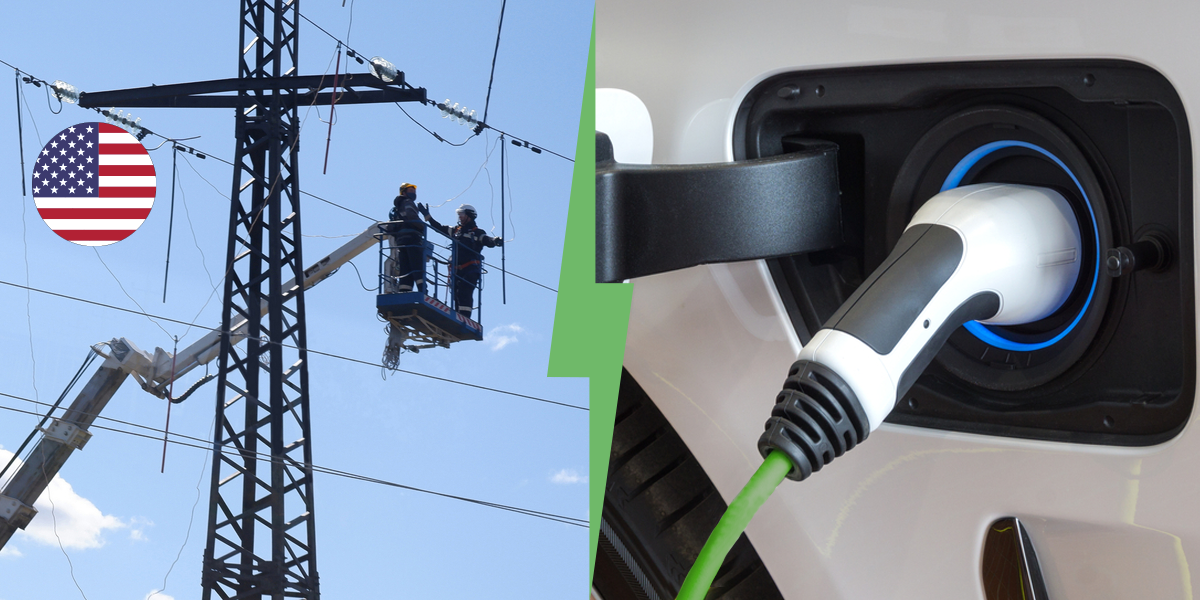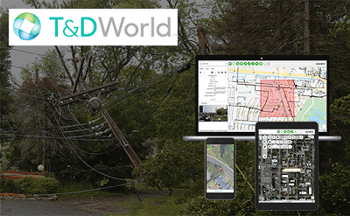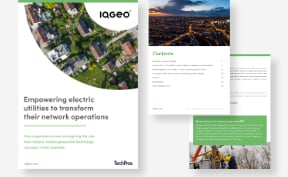Remember when a Billion Dollars seemed like a lot of money? President Biden’s infrastructure plan proposes $100bn for improving the electric grid and $174bn for supporting Electric Vehicles (EV’s) and charging stations. Who knows how that funding will really manifest itself at the ground level, or even if it will come to pass? However, for now it seems like the plan breaks down to three main areas:
- Transmission system construction
- Energy storage technology
- Electric Vehicle infrastructure
There are still politics ahead before any real legislation happens. Also, bear in mind that most states have ambitious carbon reduction programs in place and the intent of federal legislation is one way to finance these schemes. Let’s take a quick look on how this funding might impact electric utility planning.
![]()
1. Transmission system construction
The US Federal Energy Regulatory Commission (FERC) in support of Biden is supposed to issue rulings to make transmission line permitting more expedient, which historically can take decades. Ironically, it is probable the most ardent de-carbonizing advocates will be the least willing to approve new transmission lines where they live. Regardless, increased transmission construction is long overdue even if we were not looking at remote siting of renewable generation. Given the many planned distributed energy projects required to meet climate change goals, access to these resources makes additional transmission capacity an imperative. Whatever FERC can do to expedite permitting is at least equally important to providing massive funding injections. It’s a simple fact that the transmission must be in place for any of the other initiatives to have a long-term positive impact.
![]()
2. Energy storage technology
This will have a direct impact on the distribution grid, and we should see a significant ramp up in energy storage projects. It also means more utility construction by more parties in the short-term. The need for effectively siting and operating Distributed Energy Resources (DER) are well documented, if not entirely solved. Distribution grid operators will need to invest in not just operational and automated grid management technology, but also in much more sophisticated engineering analysis and modeling tools. The latter have not received enough focus in my opinion and until now have been pushed primarily by academia and research organizations. This must become more commercial and mainstream.
Energy storage technology is advancing rapidly, but we cannot assume batteries are the solution to everything. For one thing, the manufacture and disposal of battery materials creates significant ecological concerns. There are a couple of alternatives that I like and feel could be practical solutions, namely hydrogen and pumped storage. Using excess electricity at peak renewable production times (windy and sunny days) to create hydrogen would be pragmatic and would also leverage our existing gas infrastructure. An older technology like pumped storage also has two distinct advantages; it’s proven, and it is low maintenance. Years ago, when I worked at Xcel Energy, we toured the Cabin Creek Hydro plant near Georgetown, Colorado. Although that site has the huge advantage of a massive elevation drop, it has been in use since 1967 and remains a great example of a reliable peak shaving resource.
![]()
3. Electric Vehicle Infrastructure
EV’s obviously have potential to drive huge investments and changes to the distribution grid. It will only take a small number of concentrated homeowners charging their vehicles simultaneously to overload a circuit. How much will residential services require beefing up? What about distribution transformers and feeders? Over the years, some have assumed that EV’s would act as de facto battery storage for the grid. But how many Tesla and Audi hybrid owners will want to subject their car batteries to constant charging/discharging beyond normal driving cycles?
There are ways to mitigate this of course, such as “Time of Use” rates, but will customers really be happy? This does not even consider the siting and construction of hundreds of thousands of needed charging stations. While it is encouraging to see progressive utilities like Portland General Electric (PGE) experimenting with high volume EV charging facilities, it will require massive charging infrastructure initiatives to make EVs pervasive and practical.
Webinar - PGE strategies for field mobility
To learn more about how Portland General Electric is leading the way with their innovative strategies to take on the challenges facing the industry, watch the T&D World webinar, presented by Theo Pozzy, Senior Solutions Architect at PGE.
The bottom line for utility network operators
These initiatives are certainly well-intended but will be expensive and complex to realize. Let’s hope they have the intended impact on climate change and demonstrate international leadership for other energy-intensive countries to follow suit. The entire process also makes me think about the holistic impacts to the T&D grid of the future.
I have a semi-informed friend who asks, “Why don’t we simply put solar panels on every roof and install individual residential batteries?”. Great idea unless you get four or five consecutive days of extreme cold or heat (which is becoming common place). Those batteries may be enough to run the TV and cook dinner in the evening, but will they also run the air conditioner/heater and charge your car at the same time? Renewable penetration must increase dramatically in type and volume to have a significant impact on the peak generation to support the demands of the grid. What is the price of plugging into the grid when we only (optimistically) need it during weather extremes? To be clear, our energy network must and will change dramatically over the coming decades, but there are a lot of difficult questions to be answered and huge projects to complete to create a renewable world.
The bottom line for technology providers
How will these initiatives drive change for software companies? As stated earlier, we need better engineering analysis tools, and they will need to be embedded in geospatial and operations systems to model and maintain networks. I believe that we will also see greater adoption of “point solution” analytics that are flexible and can be used to plan grid changes at a detailed level. Data Scientists will pull enterprise data (including geospatial) as needed to formulate new ideas and solutions. Data and applications will become more distributed with fewer centralized “ivory tower” systems that require a specialized workforce to serve them.
The wild card in all the speculation is speed of advances in technology. There have been steady incremental improvements in battery and renewable generation technology to date. However, the rate of improvement in compute power and artificial intelligence (AI) outstrips anything in human history. AI plays a role in everything from calling football plays to developing Covid vaccines. There is no way to predict what will happen in the next 30 years, however it is likely that renewable systems we advocate today will become obsolete as technology continually re-invents itself.
Fun times ahead for everyone in the electrical utility network ecosystem (including IQGeo). Perhaps we shall see equally revolutionary changes in the utility software industry as well. Stay tuned…
eBook - Empowering electric utilities to transform their network operations
In partnership with TechPros.io, IQGeo has conducted a series of interviews with leaders across the utility industry to reveal their insights into the factors driving the sector, discover how they are meeting their current challenges and preparing for the future. Download to the eBook to find out more.






 Previous
Previous




